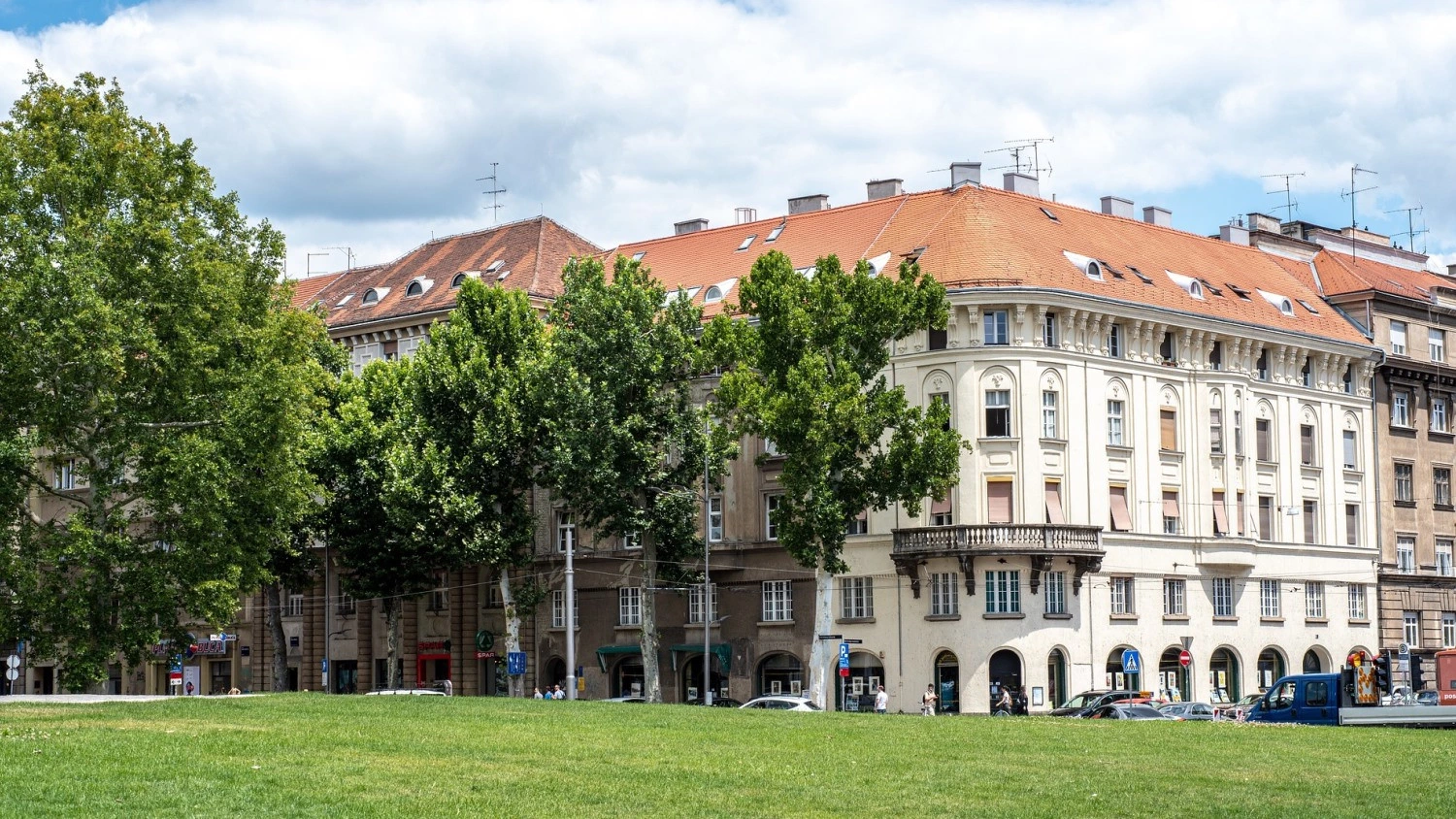
Continuously rising housing prices across Croatia, additionally amplified by the country’s recent entry into Eurozone and the Schengen area, have provoked discussions about affordable housing and models that can be applied in Croatia, based on the experience of other countries in the CEE region. Erste Group Bank, one of the leading financial institutions in CEE, became a potential forerunner in setting up an affordable housing concept in Croatia, however, the project is yet to commence and still strongly depends on cooperation with local governments, which are often lacking flexibility or avoiding a tighter and highly publicized joint ventures with the private sector.
Same as the rest of CEE and SEE, Croatia is not a stranger to increasing housing prices. Ever since the country recovered from the economic crisis of the 2010s, which lasted in Croatia significantly longer than in the rest of the region, housing prices have been rising steadily. Statistics issued by the Croatian Bureau of Statistics (DZS) show that the average price of newly built apartments in Croatia in 2010 amounted to €1,456/sqm, with capital Zagreb recording €1,635/sqm and other areas of Croatia being at €1,276 /sqm. According to the latest data for 2022, released by DZS, the average prices for newly built apartments in Croatia amounted to €2,131/sqm, with Zagreb at €2,454/sqm and in rest of Croatia at €1,746/sqm, suggesting an increase of over 46% in Croatia overall, 50% in Zagreb and 37% in other cities and towns, compared to 2010. In comparison to 2015, the year when Croatia officially exited the recession period, prices of new housing increased by 41%, while prices of existing housing increased by 67%.
The significant rise in housing prices since 2010 can be attributed to a number of key factors, with the discrepancy between supply and demand being the most obvious one. While demand for new housing is higher than ever, supply did not reach pre-crisis levels when the housing bubble was one of the primary reasons for the crisis itself and caused a crash of the housing market and the downfall of numerous real estate developers and construction companies, subsequently creating a period of extremely scarce supply, with housing market activity starting to increase as late as 2016. Demand, however, is not only driven by people’s needs for housing, but also by long-lasting low interest rates on housing loans (at least until recently), as well as government’s incentives for home purchasing, such as ongoing subsidized loans, a measure that is often reasonably criticized by real estate professionals as very ineffective and only contributing to the housing price increase. Not negligible is Croatian people’s tendency to invest and save money in form of “brick and mortar”, i.e., through buying apartments, a kind of psychological legacy of the pre-independence era when in socialist Yugoslavia the local currency was very unstable and often devalued, although this was never the case with Croatian Kuna. In addition, there are other specific reasons for a housing price increase, e.g., scarcity of adequate construction land, unfavourable zoning plans and red tape in certain cities (most notably in the two largest ones, Zagreb and Split), as well as increased construction costs driven not only by the price of construction materials but also lack of skilled workforce. Also, Croatia’s recent entry into the Eurozone and Schengen area will certainly result in additional housing price increases, particularly for the real estate on the Adriatic coast, which has continuously been in the focus of foreign buyers as a second home, investment, or both, pushing apartment prices sky-high and often out of reach for local residents.
As increasing housing prices leave more and more people unable to purchase an adequate apartment, questions are rising on how to make housing more affordable. Although Croatia already has a long-established Programme of state-subsidized housing construction (POS), this programme had limited success due to the local government acting as a real estate developer usually only disrupts the housing market and the final products were often buildings of subpar quality. Therefore, there is a need for more effective incentives to resolve the housing problem in Croatia. The most recent potential solution is coming from Erste&Steiermärkische Bank, the local branch of Austrian Erste Group Bank. According to Willi Cernko, CEO of Erste Group, their initiative is to create an affordable housing platform in the CEE region by 2030, Erste Group plans to finance up to 15,000 apartments in the subsidized affordable segment across CEE. This was also confirmed locally in Croatia, where Christoph Schoefboeck, CEO of Erste Croatia, emphasized Erste Bank’s strategy to be a forerunner of affordable housing implementation in Croatia.
While in Austria legal frame and regulatory rules are more adapted for cooperation between the public and private sectors on the housing market, with almost 50% of housing funds in Vienna being part of the affordable housing renting system, Croatia is still far from such setup and there is a lack of concrete incentive to address this, both by local governments and relevant ministries. Although Erste Bank publicly announced their incentive in Croatia and numerous cities have shown interest to become pioneers of the Croatian affordable housing model, there is still a long way to go before the first shovel for the affordable housing building goes into the ground.



